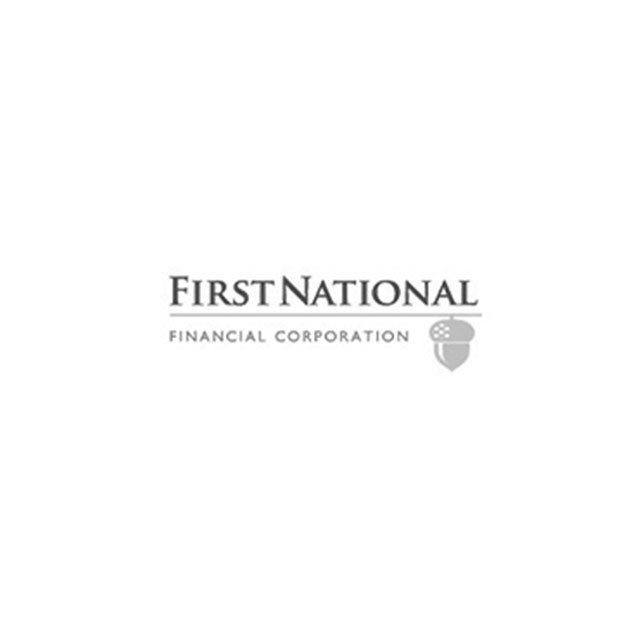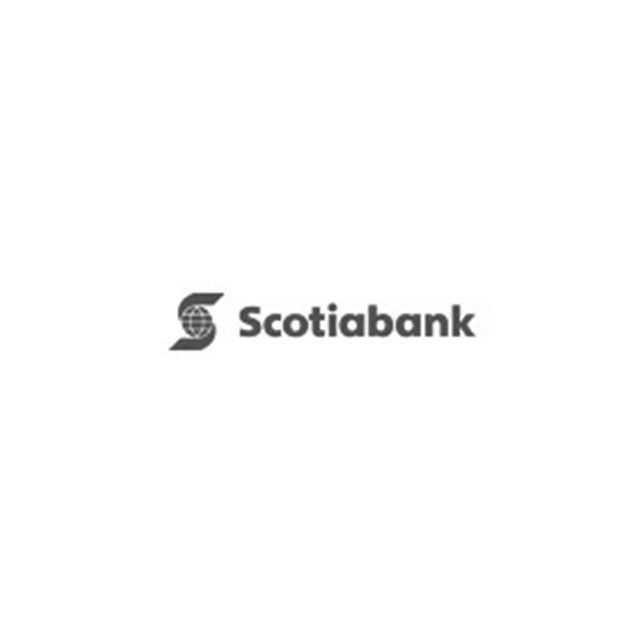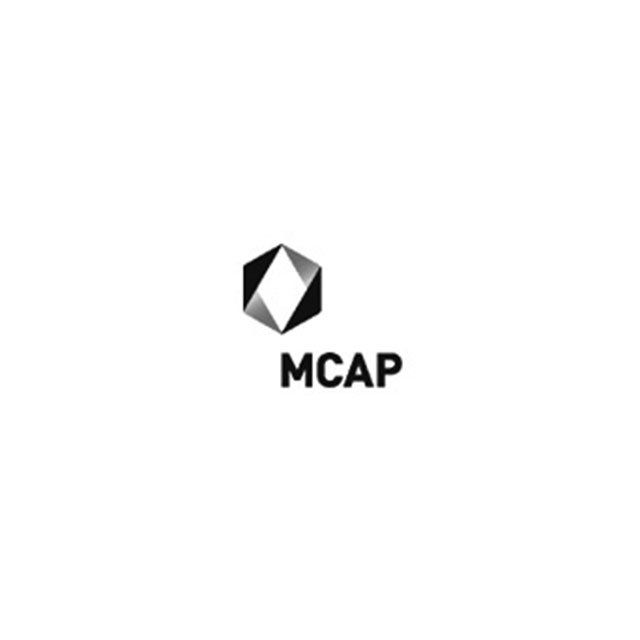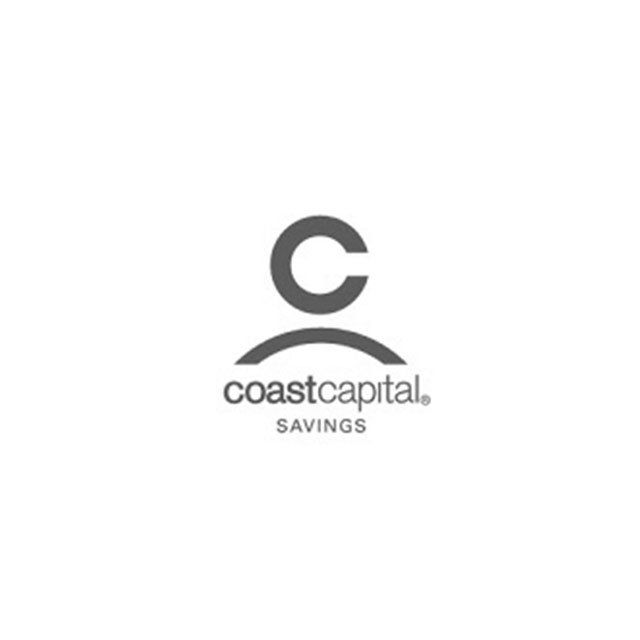
Have a Question About Mortgages? Ask Steph!
604-575-2710

The Advantage of Choice
Hi, I’m Stephanie Barritt, a mortgage professional serving clients in the lower mainland from my office in Surrey BC. Choosing the right mortgage is a big decision. Finding the right mortgage is a powerful tool to help you achieve your financial goals, while getting stuck with a bad one has the potential to cost you a lot of money.
So with so many mortgage choices and ongoing decisions to make, how do you know you are making the right choice for you? You need an independent mortgage broker to help guide you! A banker works for the bank, paid by the bank to make money for the bank. As a mortgage broker I can represent you to several different lending institutions who offer a wide choice of products.
The combination of unbiased advice, access to more products, and the fact that my business that is built on customer service and client education means that when you work with me, you can be assured that your needs are being put first. And in most cases, my services come at no cost to you! Regardless of where you are in the mortgage process,
I can help! Ask me about mortgages anytime!
Everything you need, all in one place
As a trusted mortgage provider, I can help you with these services.
Testimonials
EXCEPTIONAL SERVICE
Stephanie was referred to us by our real estate agent. Everything happened so fast and only in a matter of days, Stephanie was able to help us as we didn’t have much time to remove conditions and our financing wasn’t approved yet. Stephanie along with the help and collaboration of Jennifer were able to help us out and get everything sorted in the very short time we had and by help I mean gather all the required documents (this can become a tedious task), and get me approved within a matter of days only.
It was a very stressful time and I don’t know how I would have done it without them. The quality of service provided was exceptional and we were so relieved that we were able to remove conditions on time, with my financing being fully approved and complete. Stephanie and Jennifer remained very professional throughout the whole process while being very friendly and keeping stress levels as low as possible. I would strongly recommend working with them, especially being a first time buyer, it was very important that I worked with someone who could answer many annoying questions and they both always responded to me so quickly and every time with a smile, which as a customer made me feel very comfortable and that really helped reduced my stress levels too.
In terms of negotiating the mortgage details, I will admit that after looking around, Stephanie was also able to provide me with the best interest rate available! Without asking, I was informed that a better rate was negotiated for me (what better can one ask!).
When it’s time to redo the paperwork, I can guarantee that I will be a returning customer. My experience applying for a mortgage for the very first time was very smooth, very easy and extremely professional, allowing for the best experience any first time home owner could ask for 🙂 Thank you Stephanie and Jennifer
C. Ramdoyal
Some of My Lenders
I Keep My Blog Updated So You Can Stay Informed

Bank of Canada holds policy rate at 2¾%. FOR IMMEDIATE RELEASE Media Relations Ottawa, Ontario April 16, 2025 The Bank of Canada today maintained its target for the overnight rate at 2.75%, with the Bank Rate at 3% and the deposit rate at 2.70%. The major shift in direction of US trade policy and the unpredictability of tariffs have increased uncertainty, diminished prospects for economic growth, and raised inflation expectations. Pervasive uncertainty makes it unusually challenging to project GDP growth and inflation in Canada and globally. Instead, the April Monetary Policy Report (MPR) presents two scenarios that explore different paths for US trade policy. In the first scenario, uncertainty is high but tariffs are limited in scope. Canadian growth weakens temporarily and inflation remains around the 2% target. In the second scenario, a protracted trade war causes Canada’s economy to fall into recession this year and inflation rises temporarily above 3% next year. Many other trade policy scenarios are possible. There is also an unusual degree of uncertainty about the economic outcomes within any scenario, since the magnitude and speed of the shift in US trade policy are unprecedented. Global economic growth was solid in late 2024 and inflation has been easing towards central bank targets. However, tariffs and uncertainty have weakened the outlook. In the United States, the economy is showing signs of slowing amid rising policy uncertainty and rapidly deteriorating sentiment, while inflation expectations have risen. In the euro area, growth has been modest in early 2025, with continued weakness in the manufacturing sector. China’s economy was strong at the end of 2024 but more recent data shows it slowing modestly. Financial markets have been roiled by serial tariff announcements, postponements and continued threats of escalation. This extreme market volatility is adding to uncertainty. Oil prices have declined substantially since January, mainly reflecting weaker prospects for global growth. Canada’s exchange rate has recently appreciated as a result of broad US dollar weakness. In Canada, the economy is slowing as tariff announcements and uncertainty pull down consumer and business confidence. Consumption, residential investment and business spending all look to have weakened in the first quarter. Trade tensions are also disrupting recovery in the labour market. Employment declined in March and businesses are reporting plans to slow their hiring. Wage growth continues to show signs of moderation. Inflation was 2.3% in March, lower than in February but still higher than 1.8% at the time of the January MPR. The higher inflation in the last couple of months reflects some rebound in goods price inflation and the end of the temporary suspension of the GST/HST. Starting in April, CPI inflation will be pulled down for one year by the removal of the consumer carbon tax. Lower global oil prices will also dampen inflation in the near term. However, we expect tariffs and supply chain disruptions to push up some prices. How much upward pressure this puts on inflation will depend on the evolution of tariffs and how quickly businesses pass on higher costs to consumers. Short-term inflation expectations have moved up, as businesses and consumers anticipate higher costs from trade conflict and supply disruptions. Longer term inflation expectations are little changed. Governing Council will continue to assess the timing and strength of both the downward pressures on inflation from a weaker economy and the upward pressures on inflation from higher costs. Our focus will be on ensuring that Canadians continue to have confidence in price stability through this period of global upheaval. This means we will support economic growth while ensuring that inflation remains well controlled. Governing Council will proceed carefully, with particular attention to the risks and uncertainties facing the Canadian economy. These include: the extent to which higher tariffs reduce demand for Canadian exports; how much this spills over into business investment, employment and household spending; how much and how quickly cost increases are passed on to consumer prices; and how inflation expectations evolve. Monetary policy cannot resolve trade uncertainty or offset the impacts of a trade war. What it can and must do is maintain price stability for Canadians. Information note The next scheduled date for announcing the overnight rate target is June 4, 2025. The Bank will publish its next MPR on July 30, 2025. Read the April 16th, 2025 Monetary Report

Let’s say you have a home that you’ve outgrown; it’s time to make a move to something better suited to your needs and lifestyle. You have no desire to keep two properties, so selling your existing home and moving into something new (to you) is the best idea. Ideally, when planning out how that looks, most people want to take possession of the new house before moving out of the old one. Not only does this make moving your stuff more manageable, but it also allows you to make the new home a little more “you” by painting or completing some minor renovations before moving in. But what if you need the money from the sale of your existing home to come up with the downpayment for your next home? This situation is where bridge financing comes in. Bridge financing allows you to bridge the financial gap between the firm sale of your current home and the purchase of your new home. Bridge financing allows you to access some of the equity in your existing property and use it for the downpayment on the property you are buying. So now let’s also say that it’s a very competitive housing market where you’re looking to buy. Chances are you’ll want to make the best offer you can and include a significant deposit. If you don’t have immediate access to the cash in your bank account, but you do have equity in your home, a deposit loan allows you to make a very strong offer when negotiating the terms of purchasing your new home. Now, to secure bridge financing and/or a deposit loan, you must have a firm sale on your existing home. If you don’t have a firm sale on your home, you won’t get the bridge financing or deposit loan because there is no concrete way for a lender to calculate how much equity you have available. A firm sale is the key to securing bridge financing and a deposit loan. So if you’d like to know more about bridge financing, deposit loans, or anything else mortgage-related, please connect anytime! It would be a pleasure to work with you.

Chances are if the title of this article piqued your interest enough to get you here, your family is probably growing. Congratulations! If you’ve thought now is the time to find a new property to accommodate your growing family, but you’re unsure how your parental leave will impact your ability to get a mortgage, you’ve come to the right place! Here’s how it works. When you work with an independent mortgage professional, it won’t be a problem to qualify your income on a mortgage application while on parental leave, as long as you have documentation proving that you have guaranteed employment when you return to work. A word of caution, if you walk into your local bank to look for a mortgage and you disclose that you’re currently collecting parental leave, there’s a chance they’ll only allow you to use that income to qualify. This reduction in income isn’t ideal because at 55% of your previous income up to $595/week, you won’t be eligible to borrow as much, limiting your options. The advantage of working with an independent mortgage professional is choice. You have a choice between lenders and mortgage products, including lenders who use 100% of your return-to-work income. To qualify, you’ll need an employment letter from your current employer that states the following: Your employer’s name preferably on the company letterhead Your position Your initial start date to ensure you’ve passed any probationary period Your scheduled return to work date Your guaranteed salary For a lender to feel confident about your ability to cover your mortgage payments, they want to see that you have a position waiting for you once your parental leave is over. You might also be required to provide a history of your income for the past couple of years, but that is typical of mortgage financing. Whether you intend to return to work after your parental leave is over or not, once the mortgage is in place, what you decide to do is entirely up to you. Mortgage qualification requires only that you have a position waiting for you. If you have any questions about this or anything else mortgage-related, please connect anytime. It would be a pleasure to work with you.
Stephanie Barritt
Phone: 1-604-575-2710
Ask Steph











